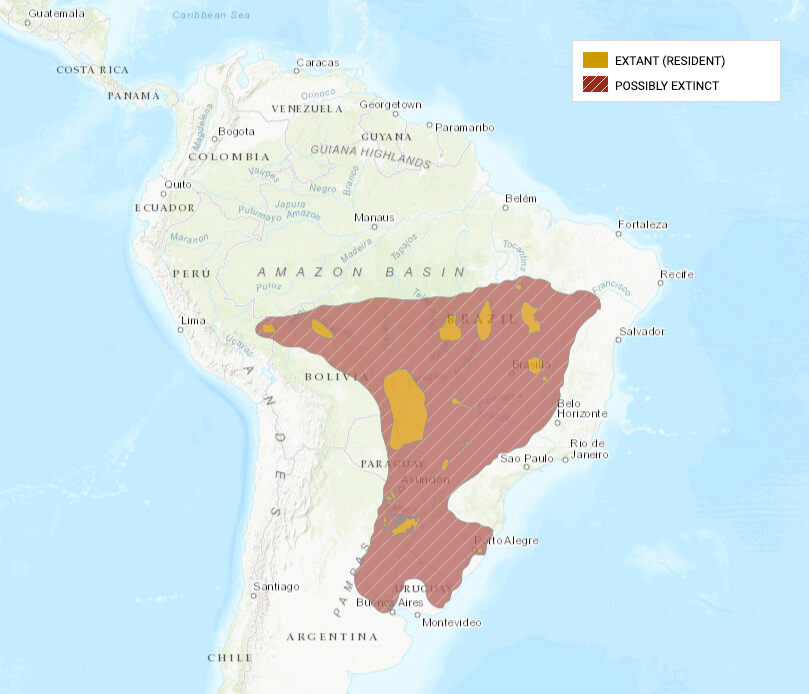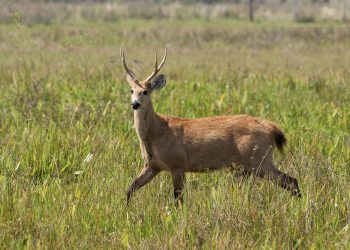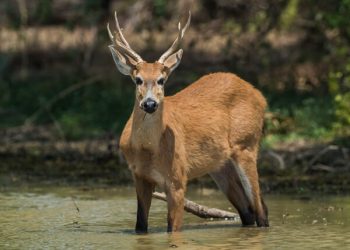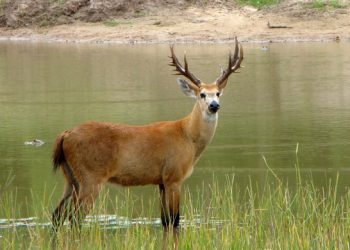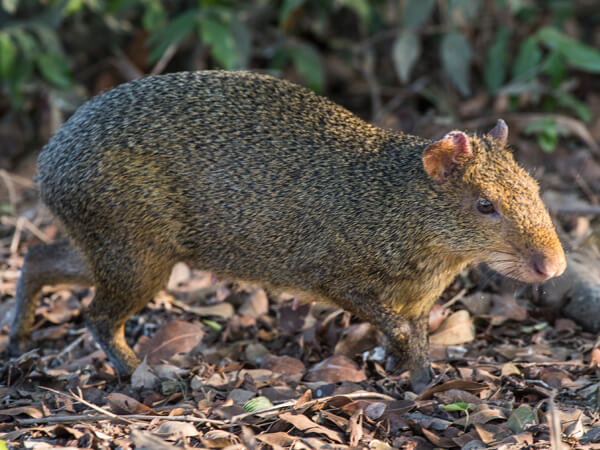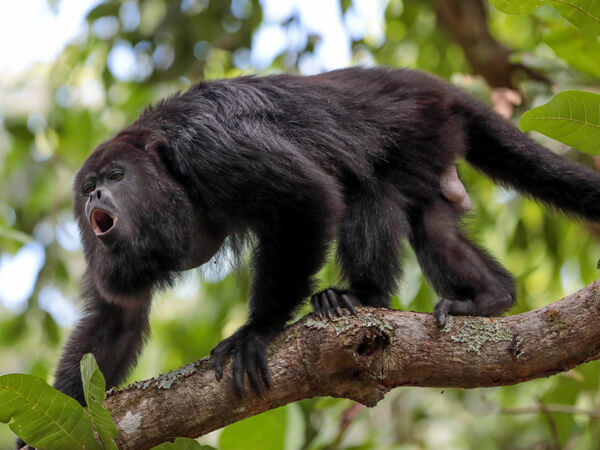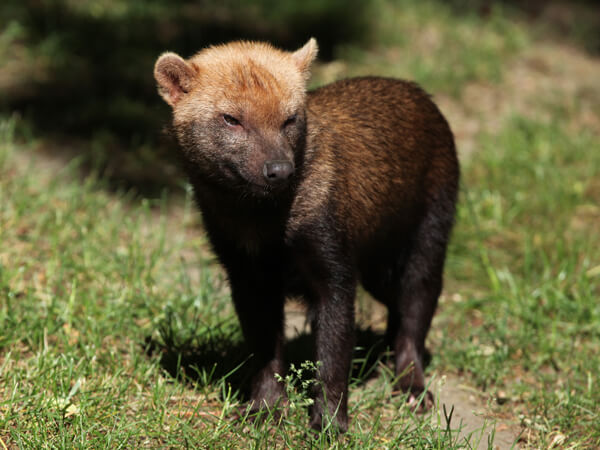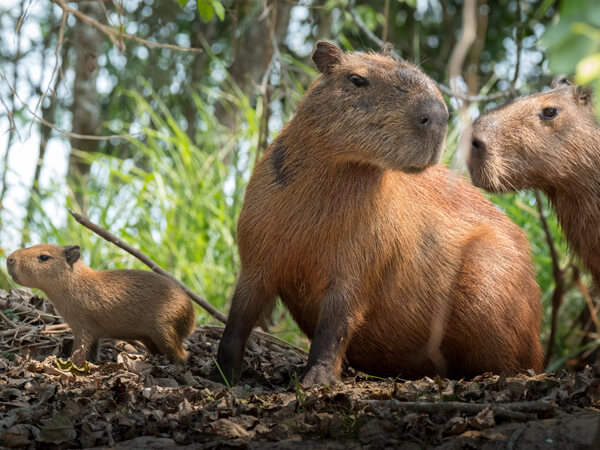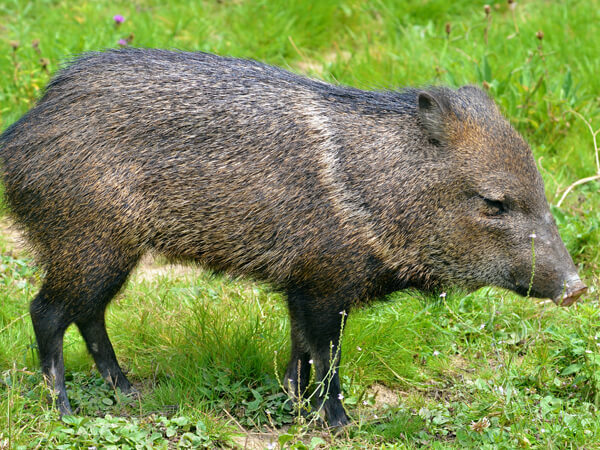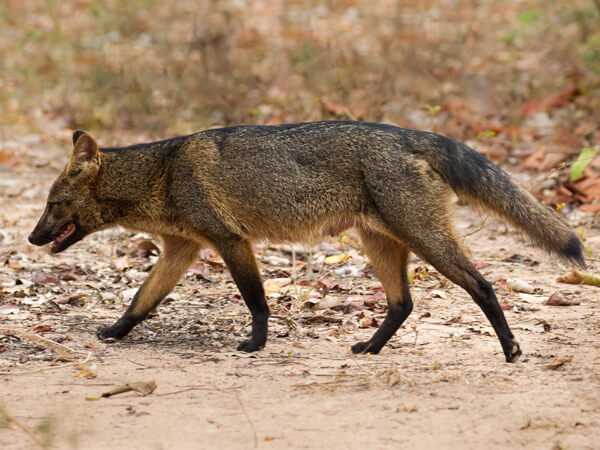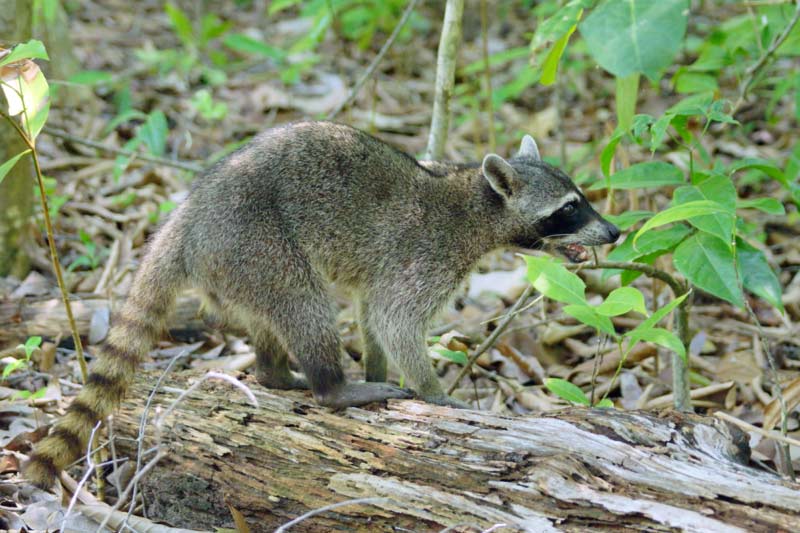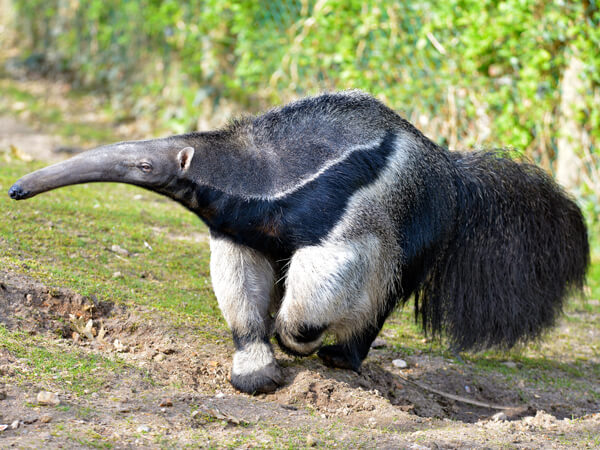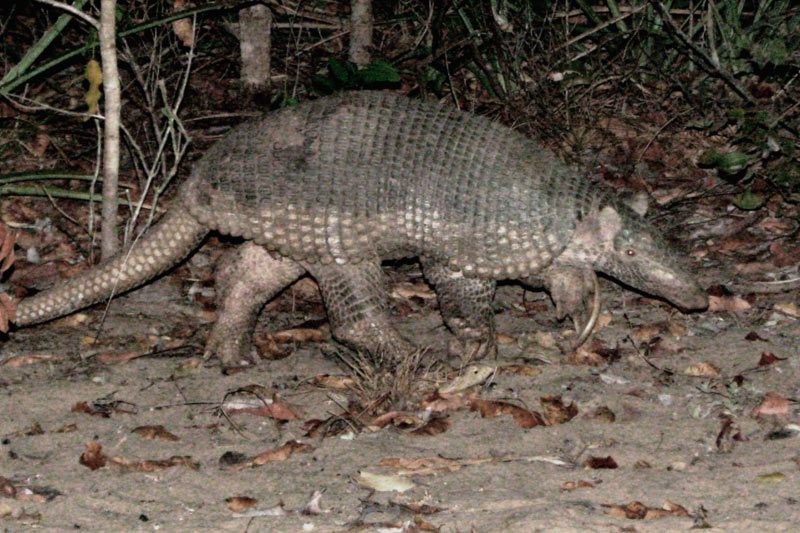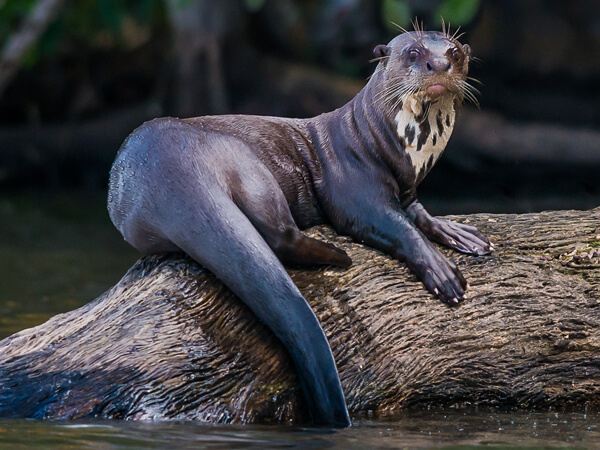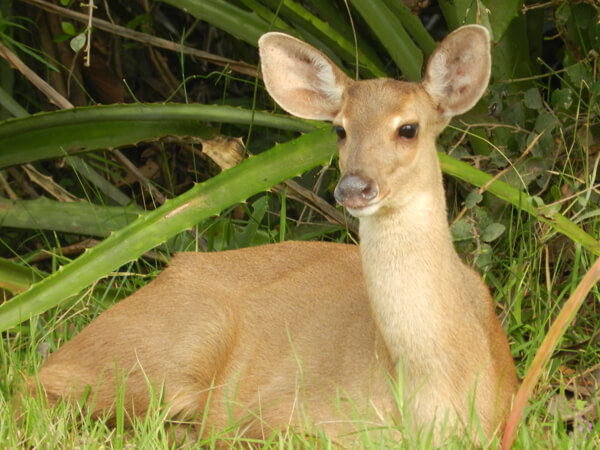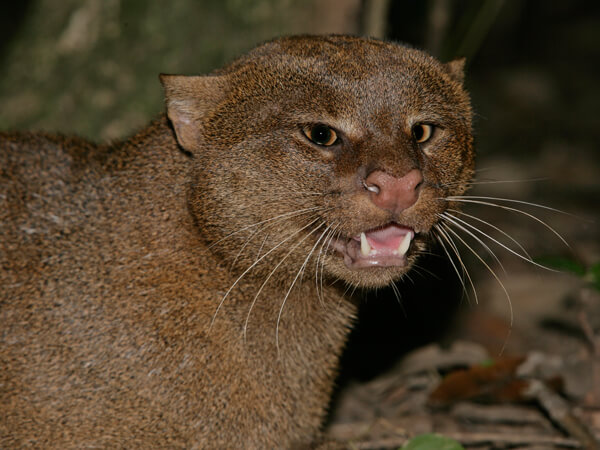The marsh deer is the largest species of deer in the Americas and the sole representative of its genus.
Click to learn more
The distribution range has been significantly reduced due to hunting and habitat loss, with the species now only remaining in abundance in the Pantanal and the Bananal Island, Tocantins. The marsh deer weighs up to 130 kilograms and measures more than two meters in length. The Cervidae family, represented by the deer, is the only existing native ruminant in South America. The horns of the males fall off and re-grow every year and, in species with antlers, the size and number of branches of the antlers increases gradually from the first year.
Distribution
The species was originally present from the south of the Amazon River to northern Argentina, inhabiting large areas of central Brazil, Peru, Bolivia and Paraguay, but its populations have been drastically reduced. It is currently found in only a few areas around the country, and is more abundant in the Pantanal and the Bananal Island, Tocantins.
Features
The marsh deer, the largest deer in South America, is almost two meters long and reaches up to 2.1 meters in height, including the horns, which measure approximately 40–45 cm. Males are larger than females, attaining a weight of 130 kilograms, as they include antlers and a more muscular neck. The antlers typically have five spikes on each side but may reach 20 branches in older individuals. The marsh deer’s color is a little darker in winter and lighter in the summer. It has inter-digital webbing between the elongated hooves, which helps with adaptation to life in flooded environments.
Behavior
In general, marsh deer live in wetlands and seasonally flooded savannahs. They avoid forests and select bodies of water between 30 and 60 centimeters in depth. In the Pantanal, they are found concentrated near rivers and wetlands in times of drought. They have diurnal habits, with peaks of activity in the early morning and late afternoon – avoiding the hottest hours. However, marsh deer may change their habits to the night in regions where they experience disruption from hunters. They jump with ease, can swim well and are able to cross over large rivers. Females form small family groups, while males are more solitary.
Food
Marsh deer feed mainly on grass, as well as aquatic and semi-aquatic plants. Jaguars, pumas and anacondas prey on adult deer, while maned wolves also target the young of the marsh deer.
Reproduction
The average length of gestation is 271 days. In the Pantanal, the female deer gives birth mostly between May and July, when the water level is on the ebb. Usually only one cub is born weighing four or five kilograms on average, and within less than five days, the cub starts to follow the mother. In most species of deer, cubs are born with spots, but young marsh deer from the Pantanal are born with a coat similar to that of the adults.
Conservation
Marsh deer have been listed as “vulnerable” by both the national list of ICMBio and the IUCN.
Threats
The hunting and excessive loss of habitat has drastically reduced the populations of marsh deer, most of which live in the Pantanal. The construction of large dams has also contributed to the reduction of these deer due to the elimination of lowland areas.
Image gallery
photo: Fábio Paschoal
Marsh Deer (Blastocerus dichotomus). Vulnerable category on the List of Endangered Brazilian Fauna Species, prepared by ICMBio.

